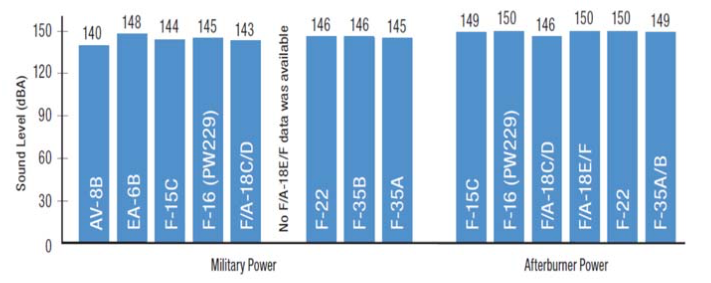“Macomb County is the defense capital of the midwest… We build things to protect those who protect us!”
– Mark Hackel, Macomb County Executive
Do you have questions?
We understand that our residents might have some questions about basing the F-35. We’ve provided answers to some frequently asked questions below.
-
Why does the F-35 matter to Michigan?
Historic Selfridge Air National Guard Base being selected as one of the newest bases for the state-of-the-art F-35 makes common sense for Southeast Michigan and Macomb County. But it’s much more than that. All of Michigan will benefit.
Michigan hosts some of the best training airspace and ranges in the Eastern United States. The Alpena Training Center and Grayling Range training complexes cover a vast expanse of Northern Michigan and their electronic warfare ability, and low density flight areas are unmatched.
All U.S. military services as well as our international partners leverage these capabilities for training. The enduring fighter mission at Selfridge provides the continued utilization and training capacity that is the cornerstone of the tremendous joint training capability.
Stationing F-35s at Selfridge ensures critical Michigan defense infrastructure and economic viability for decades to come.

The F-35 cooperative engagement capability and sensor fusion technology leverage the cyber and remotely piloted aircraft capabilities of the 110th Attack Wing in Battle Creek to seamlessly integrate readiness, placing both Michigan Air National Guard Wings in the forefront of our nation’s defense. The F-35 basing decision has economic, infrastructure, and future capability implications for all of Michigan.
-
So, what is an F-35?
The F-35 is a fifth generation fighter aircraft that brings a wealth of revolutionary capabilities including advanced stealth, improved electronic attack and electronic protection, and fused/networked sensors for enhanced situational awareness. These capabilities combined with traditional fighter characteristics of speed, maneuverability, and precision weapons ensure our nation’s ability to win in an increasingly high threat environment.
The F-35’s low observable stealth allows it to safely enter areas without being detected by radar that legacy fighters cannot evade.
Data collected by sensors on F-35s around the world can immediately be shared with commanders at sea, in the air, or on the ground, providing an unprecedented instantaneous view of multi-mission operations. The “fusion” of high technology sensors gives pilots the ability to see everyone and everything before an adversary has any awareness. In short, the F-35 capabilities and the ability to cooperatively work with other weapons systems gives us an unmatched ability to accomplish any assigned mission. The F-35 will be a major cornerstone of our nation’s defense for decades to come.
The U.S. Air Force is the smallest, oldest, and busiest it has ever been in history. Replacing aging aircraft and improving capabilities is vital to maintain our military edge over potential adversaries. The F-35 delivers state-of-the-art capability as well as persistent and maintainable readiness.
The F-35 is a true joint, multi-mission platform. The U.S. Air Force is planning to buy 1,763 F-35As, with the U.S. Navy, Marine Corps, and 11 allied nations planning on an additional 1,300.
The Three F-35 Variants

-
How loud is an F-35?
The bottom line: the F-35 makes about the same noise as an F-16; an aircraft that flew from Selfridge Air National Guard Base for more than 25 years.
The U.S. Air Force F-35 “Noise Measurement Executive Summary” dated Oct. 31, 2014 shows the takeoff, landing, low approach, and radar pattern noise signatures between these fighter aircraft to be essentially identical.
All jets make noise. There are no noise threshold requirements specified for the F-35 aircraft or the F-35 propulsion system. However, tremendous advances in engine design provide far more capability for this fifth generation engine while mitigating noise to levels comparable to previously fielded fighter aircraft engines.
In the air — When flying straight and level flight using Mil Power (the highest engine power setting without using the afterburners), the noise from the F-35 is within 1-3 decibels of other high performance fighter aircraft such as the F-18 or F-22.
On the ground — When standing ~50 feet away from the engine, the noise is comparable (within 1-3 decibels) to other high performance fighter aircraft, such as the F-22 and F-18.
At Selfridge, we have a comprehensive Air Installation Compatible Use Zone program designed to protect employee and community health, safety and welfare from noise and hazards through compatible development in our airport environment. The F-35 basing process includes a comprehensive Environmental Impact Study.

Don’t see your question above?
No problem. Click the button below to submit a question directly to Brigadier General John D. Slocum
Ask a QuestionLocal Leadership Support
Click on the names below to view letters of support from our local leaders!
Show Your Support
If you would like to show your support for basing the F-35 at Selfridge ANGB, click the button below to sign the petition!

